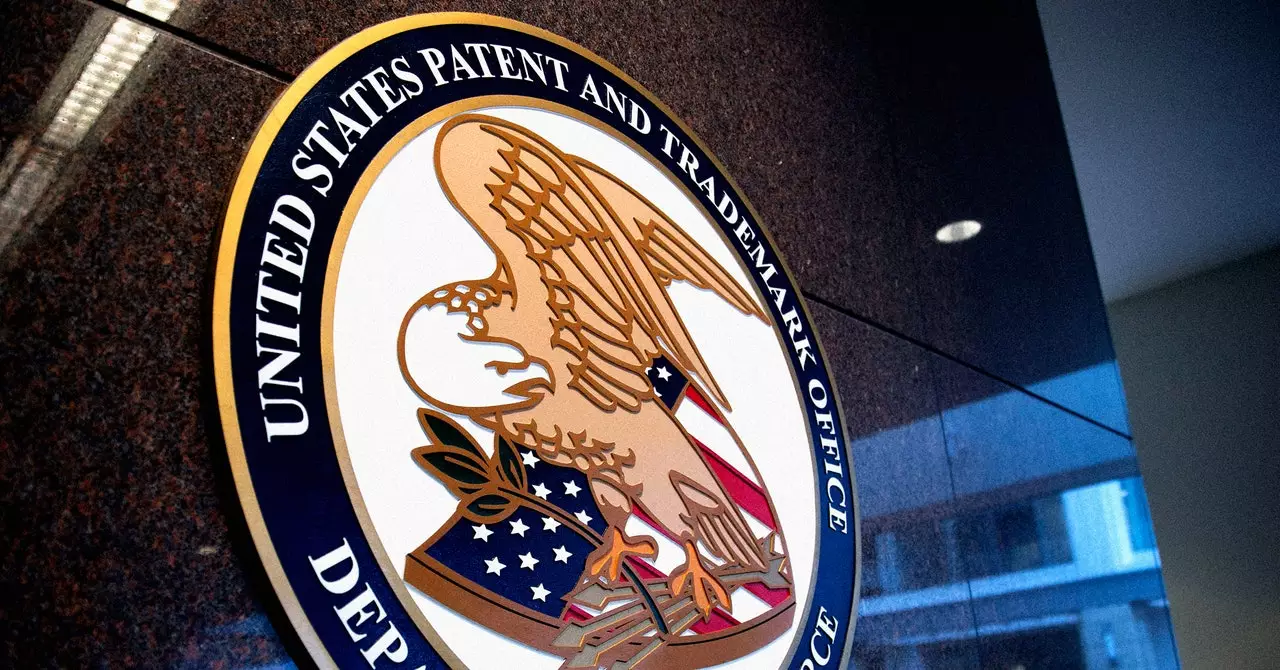In an increasingly digital world, the introduction of artificial intelligence (AI) technologies has sparked considerable debate, particularly in the realm of governance. The U.S. Patent and Trademark Office (USPTO) represents a unique case, having recently instituted strict regulations regarding the use of generative AI within its operations. Amidst calls for innovation, the agency has opted for caution, highlighting the complexities and ethical dilemmas that accompany the integration of AI into government workflows.
Regulations and Restrictions Imposed by the USPTO
In an internal memo released in April 2023, the USPTO outlined its decision to ban the use of generative AI for various purposes, attributing this restriction to significant concerns about security, bias, and unpredictable behavior associated with AI technologies. The memo, obtained by WIRED via a public records request, emphasizes the agency’s commitment to a responsible exploration of AI, reflecting a cautious approach to an ever-evolving technological landscape.
Jamie Holcombe, the chief information officer at the USPTO, noted the challenges faced by government agencies wishing to embrace innovative technologies. While employees can explore AI-driven tools within a controlled testing environment known as the AI Lab, the use of well-known AI programs, including ChatGPT and Claude, is explicitly prohibited in official duties. This distinction serves to underscore the agency’s hesitance to expose its processes and data to potential risks inherent in generative AI.
Balancing Innovation with Ethical Considerations
Paul Fucito, the USPTO’s press secretary, clarified that despite the restrictions, the agency is actively engaging with state-of-the-art generative AI models in selected scenarios. The focus is on better understanding AI’s capabilities while developing prototypes that address the agency’s pressing business needs. Nonetheless, the memo’s restrictions highlight a broader trend among U.S. governmental entities: the challenge of integrating innovative technology while safeguarding against potential misuse or unintended consequences.
The ramifications are particularly pronounced in the context of intellectual property, where the stakes are high. The USPTO plays a pivotal role in protecting inventors and their creations, lending additional weight to the need for stringent safeguards that prevent the introduction of biases or inaccuracies linked to generative AI. As the agency embarks on a $75 million contract to revamp its databases with advanced AI search capabilities, it must carefully navigate the line between using AI to enhance its efficiencies and ensuring the integrity of its core responsibilities.
Holcombe has openly criticized the bureaucratic constraints that impede the public sector’s ability to leverage modern technologies swiftly. Drawing comparisons to the commercial sector, he emphasized the challenges posed by convoluted budgeting, procurement, and compliance processes. These obstacles often result in a significant delay in innovation implementation within government entities—raising the question: how can agencies keep pace with rapidly evolving technologies while adhering to strict regulatory frameworks?
The USPTO is not an isolated example; other government branches are also grappling with generative AI’s pros and cons. The National Archives and Records Administration initially restricted the use of generative AI tools, including ChatGPT, only to subsequently host discussions on incorporating technology that aligns with their objectives. The inconsistency illustrates the struggle many agencies face in balancing the benefits of technology with their institutional mandates and responsibilities.
The inconsistent adoption of generative AI technology highlights a broader narrative within U.S. government agencies. For instance, NASA has taken a nuanced approach, drawing lines that prohibit AI chatbots from handling sensitive data while simultaneously experimenting with AI for programming tasks and research summarization. Additionally, NASA has partnered with Microsoft to create an AI chatbot designed to organize satellite data, showcasing a commitment to innovation while maintaining oversight.
Each agency’s response to generative AI reflects differing levels of comfort with the technology and its implications. As the landscape continues to evolve, it will be imperative for federal agencies to collaborate and share best practices in AI utilization—balancing the need for technological advancement with the necessity of upholding security and ethical standards.
The landscape for generative AI in the U.S. government is dynamic and multifaceted. The USPTO’s cautious stance serves as a noteworthy case study in the journey toward embracing innovation while safeguarding essential duties. Striking the right equilibrium between embracing AI technologies and addressing inherent risks remains a formidable challenge. As institutions navigate this complex terrain, collaboration and transparency will play critical roles in fostering a future where technology enhances rather than undermines governmental integrity.


Leave a Reply